The fly in red
Orange prawn flies like the GP, The Chilimps and Ally’s Scrimp, to mention a few – Have a substantial effect on sea trout and salmon living in peaty water – Why? White light (daylight) is divided into all the colours of the rainbow – and the different colours that the light is made up of will disappear through water – in peaty water, the last colour to fade is; red.
Heavy Metal GP tied on a bullet tube.
Tying a Heavy Metal General Practitioner
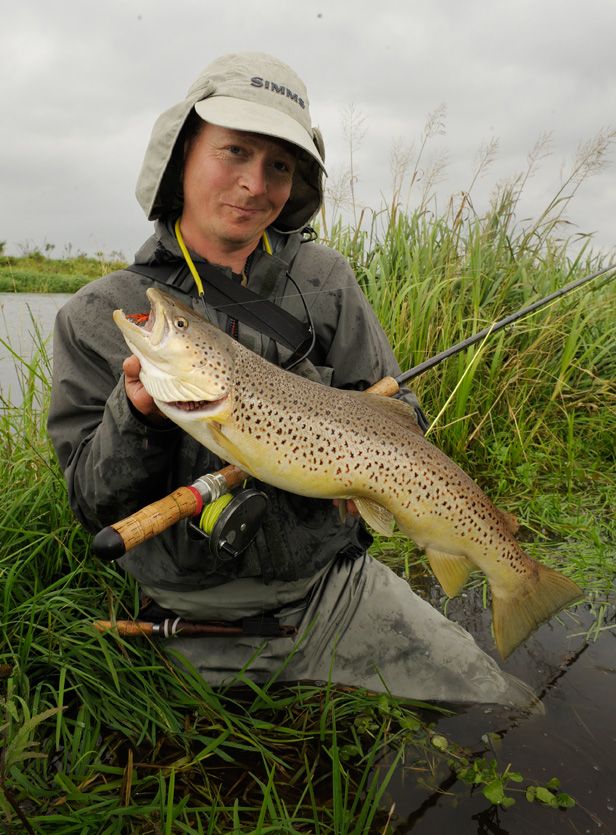
Sea run brown (sea trout) Caught on Heavy Metal GP
Picture of a Skjern River sea run brown caught in a small pothole on the opposite river bank – on a Heavy Metal General Practitioner – Picture with courtesy of Mr Jens Bursell
Thin 1, 4-millimetre tubing melted in one end to form a collar. Hook guard in place (here red tubing – clear tubing will also do) – Note the yellow line sticking out of the tube to the right: It is nylon mono 0.40 millimetre. I use it to put through the eye of the needle to wedge the tubing onto the needle, preventing it from revolving.
Cut the centre out of a hot orange Golden Pheasant tippet feather to form a V-shaped feather. Place this on top of the fly, as seen in the photo. Fly seen from above. Tie in a length of silver rib. The tippet feather-like many other feathers, is a highly efficient salmon attractor worth implementing in all kinds of sub-flies
Tie in a body of wool. Here I have used hot orange seal fur. Regular wool will also do. Run the ribbing through the body, and plug the hairs out – No hackle is needed in the construction
Seen from the side, the General Practitioner should look something like this
Tie down the hook guard – Apply super-glue or fly-tying cement to tie down the tube where the metal section will sit – Slide down the copper bullet. Bullets like this can be bought in various sizes and colours.
Cut a bunch of hot orange hairs out. Here hair from a polar bear. Separate small from long hair, and start by tying in the bundle of short hair. Put the longer hair on top of this bundle. Tying the General Practitioner in this way will prevent the hair from getting caught in the bend of the hook/hooks
Tie in a uniform Golden Pheasant breast feather, flat on the top of the fly. Here seen from above. The feather has to be tied in perfectly – straight on top. This is the difficult part of this type of fly. If you don’t get it right, the fly won’t work probably
Freshly spawned Heavy Metal General Practitioner
Trim away the execs tube – Add super-glue to the head…Hook and leader and a salmon or trout river
Sea trout hooked on a copper US-tube General Practitioner.
Copper Bottle tube variation – fly
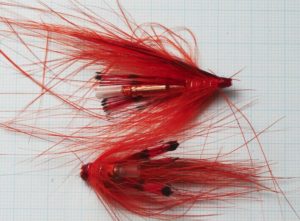
General Practitioner tied on a copper bottle tube
Bottle tube used in the same way as the bullet tube –

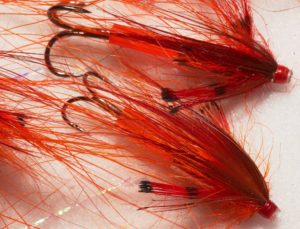
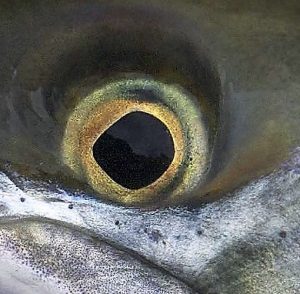 Read more on the subject what do fish see
Read more on the subject what do fish see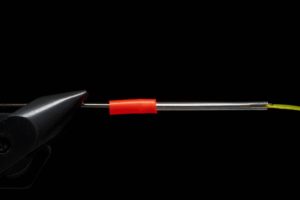
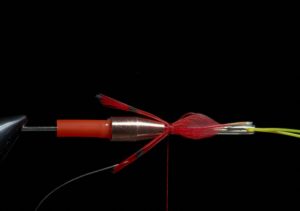
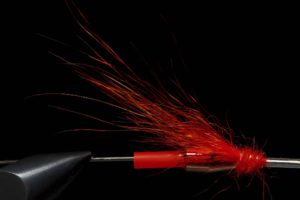
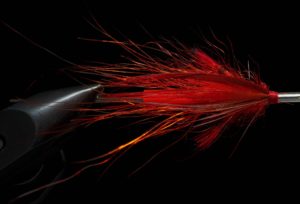
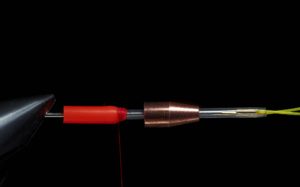
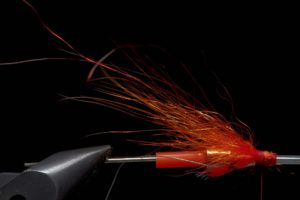
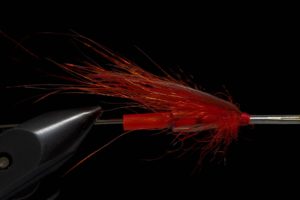
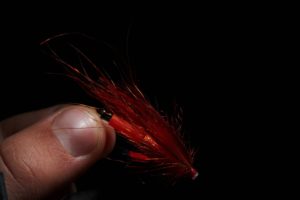
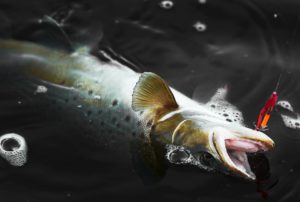
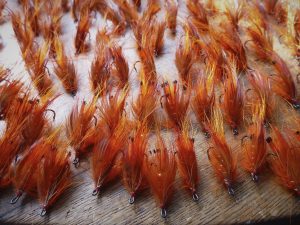 Read our other page on the General Practitioner
Read our other page on the General Practitioner